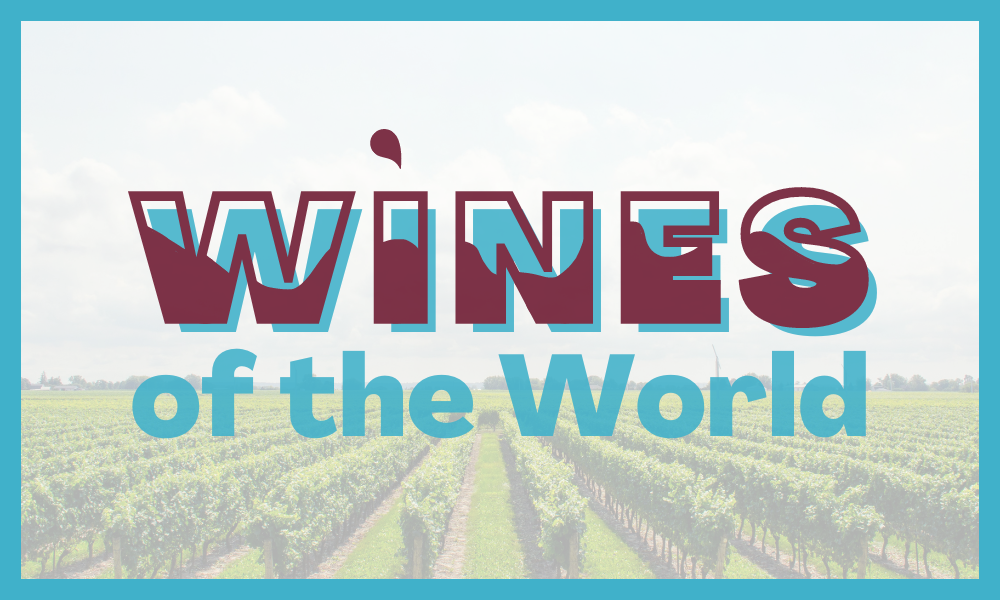This week, we spoke with everyone in the office about their favourite wines—ranging from crisp dry whites to rich red Bordeaux, the tastes were wonderfully varied! However, this week I’m turning my attention to Riesling.
Riesling thrives in regions across the globe, from Alsace and Austria to New York and New Zealand. Yet nowhere does it display such vibrant complexity as it does in Germany.
Often considered the birthplace of Riesling, Germany is undoubtedly the heartland where this grape has flourished for centuries. While the exact origins of Riesling are the subject of debate, the earliest recorded mention in Germany dates back to 13th March 1435, a date often celebrated as the grape’s unofficial birthday.

Riesling is a true chameleon in the wine world, taking on distinct characteristics depending on where it is grown. However, it’s only in Germany that Riesling reveals the full spectrum of its potential. Reflecting the nuanced intricacies of German terroir, Riesling here can range from bone-dry (trocken) to subtly sweet (feinherb) and even lusciously sweet. German Riesling excels in both still and sparkling forms, flourishing across the country’s 13 wine regions despite the challenges of cool-climate viticulture.
The interplay of sun exposure, topography, and diverse soils allows Riesling to thrive, with the Mosel region producing some of the most iconic expressions.
A standout example is the Dr. L Riesling from Mosel, Germany, 2022, available at O’Briens for just €15.95.







